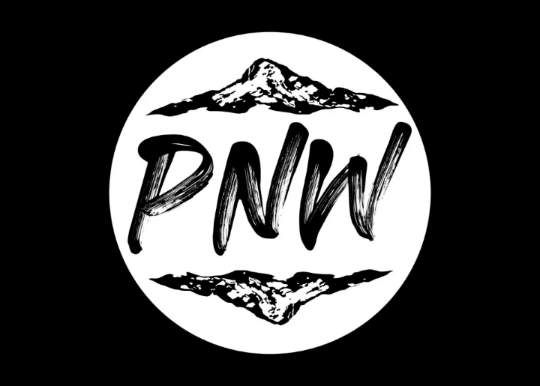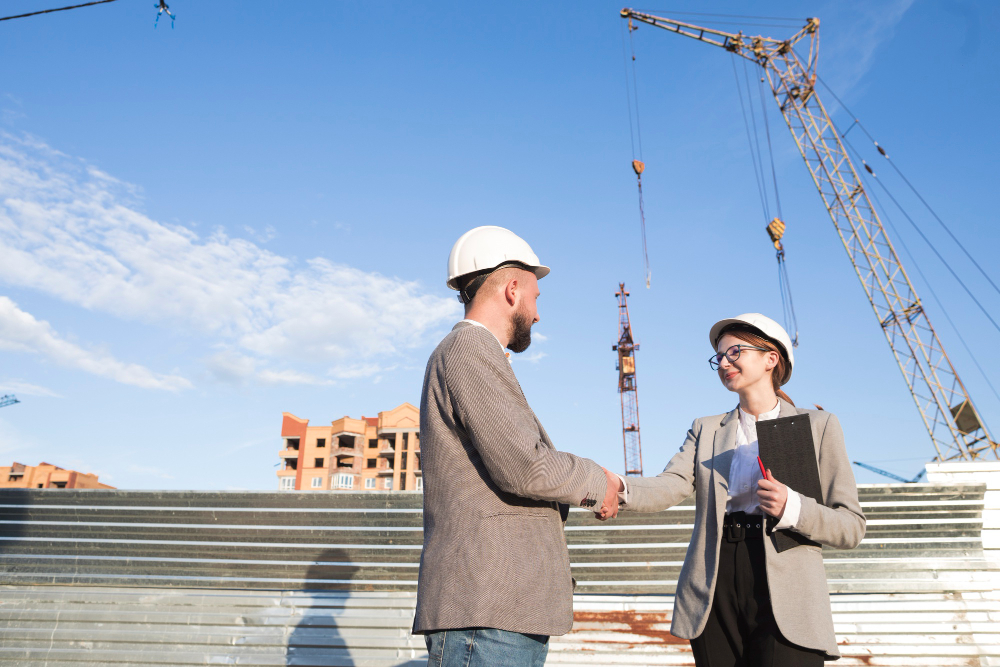In the heartland of American industry, where smokestacks once symbolized progress and production, a new design era has emerged, transforming factories and warehouses into beacons of creativity and functionality. Once relegated to the shadows of utilitarianism, industrial design has now taken center stage, merging form and function to create visually stunning and efficient spaces. This blog explores the remarkable evolution of industrial design, celebrating its transformative power and the beauty it brings to once-overlooked industrial landscapes.
The Evolution of Industrial Design: Aesthetic Focus and Functionality
Industrial design has historically been synonymous with stark functionality, emphasizing efficiency and output over aesthetics. The initial purpose of factories and warehouses was purely practical—engineered for productivity, storage, and manufacturing. However, the growing awareness of the impact of design on the human experience has sparked a revolution, prompting a reevaluation of these spaces. The integration of thoughtful design has not only improved work environments for employees but also heightened the overall appeal of these structures, adding an element of beauty to what was once considered purely practical.
Sustainable Industrial Design: Merging Environment and Aesthetics
One of the notable transformations in industrial design is the incorporation of sustainable practices and materials. Sustainability is a driving force in today's world, and the industrial sector is no exception. Factories and warehouses embrace eco-friendly design principles by utilizing renewable energy sources, integrating energy-efficient systems, and implementing waste reduction strategies. This dual emphasis on sustainability and aesthetics reflects a growing commitment to responsible and visually appealing industrial design that aligns with modern environmental and ethical sensibilities.
Aesthetic Fusion: Blending Industrial Elements with Modern Design
A harmonious blend of raw industrial elements and contemporary design trends characterizes the aesthetic evolution of industrial design. Architects and designers are utilizing the existing structural components of factories and warehouses—such as steel beams, exposed bricks, and concrete floors—as design elements rather than concealing them. These industrial elements are paired with sleek lines, minimalist aesthetics, and strategic lighting, creating visually striking interiors that preserve the authenticity of the space while infusing a modern and stylish edge.
Human-Centric Design: Prioritizing the Experience of Occupants
Another aspect of the evolving industrial design landscape is prioritizing human-centric design. The focus has shifted from the isolated, strictly functional spaces of the past to designs that consider the well-being and productivity of those working within these environments. Natural light, spacious layouts, ergonomic furniture, and communal spaces are now integral components of industrial design, promoting a conducive and inspiring atmosphere for work and collaboration.
Adaptability and Versatility: Repurposing Industrial Spaces
The adaptability of industrial spaces is a hallmark of contemporary industrial design. These spaces are now designed to be flexible and multifunctional, accommodating various needs and purposes. Factories and warehouses are being repurposed for multiple uses beyond their original functions, including art galleries, event spaces, retail outlets, and residential lofts. This adaptability demonstrates the versatility and potential of industrial design to breathe new life into old structures and enrich communities.
In conclusion, the evolution of industrial design showcases the transformative power of aesthetics and functionality. The once pragmatic factories and warehouses have been reborn as captivating spaces that blend design allure with industry robustness. This evolution is a testament to our evolving understanding of design's role in enhancing the human experience and its capacity to infuse beauty into unexpected corners of our world. Industrial design has transcended its utilitarian origins, presenting a new appreciation for the inherent beauty and potential within the industrial landscape. It embraces a fusion of form and function that captures the imagination and redefines our perception of what is truly beautiful.

